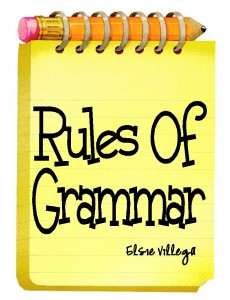Rules Of Grammar: Flair vs. Flare
 Flair is defined as follows: “(1) A natural ability to do something. (2) An unusual and appealing quality or style.”
Flair is defined as follows: “(1) A natural ability to do something. (2) An unusual and appealing quality or style.”
Flare is defined as follows: “(1) A light that shines brightly and briefly. (2) A very bright light that is used to give a signal, to light something, or to attract attention. Also, a device that produces such a light. (3) A sudden expression of anger.”
Machine Briefs:
flair= FLAIR
flare= FLAER


